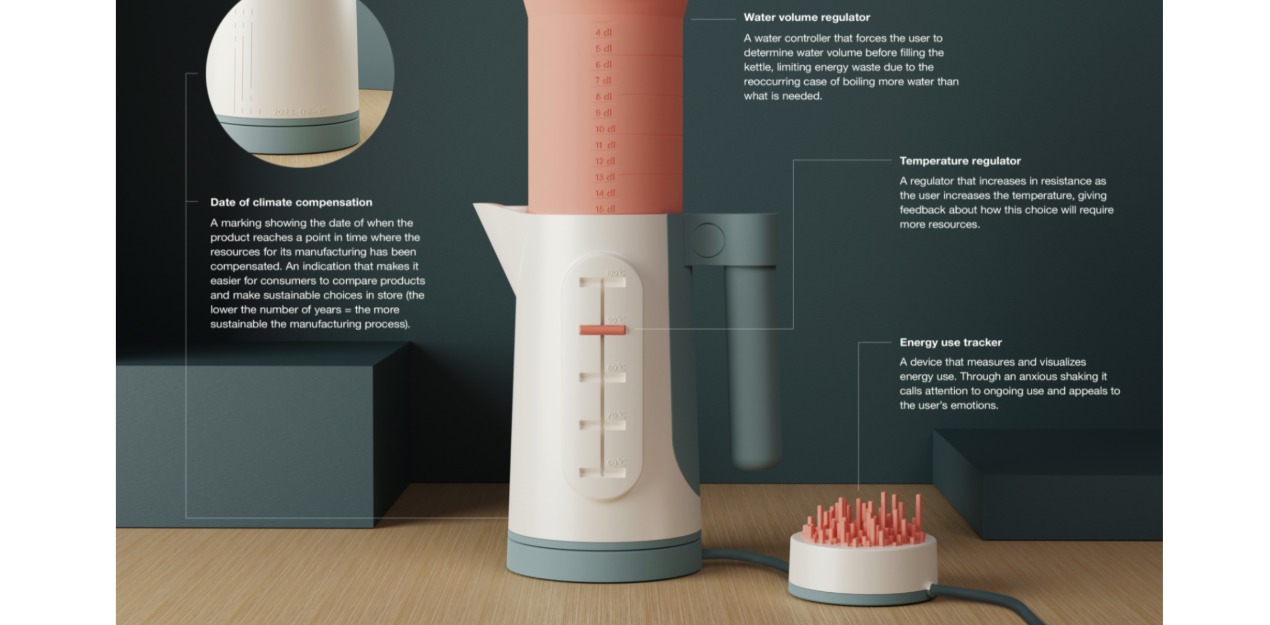AWARD YEAR
2023
CATEGORY
Home
GOALS
Good Health & Well-being
KEYWORDS
homelessness, shelters, Social housing
COUNTRY
United States of America
DESIGNED BY
HRDC
WEBSITE
https://thehrdc.org/projects/housing-first-village/
HOUSING FIRST VILLAGE
Housing First Village aims to provide transformative housing to Bozeman’s chronically homeless
How does it work?
This idea has evolved, originally brought to HRDC by Connie Campbell-Pearson, a deacon at St. James Episcopal Church in 2016. A partnership with MSU School of Architecture has supported senior and graduate-level architecture students researching best practices in the tiny shelter mode and developing and fully constructing demonstration projects. Of the five types of homes in the Village, two have been designed by MSU School of Architecture. By bringing different sectors of our community together, we can work to support our homeless neighbors in finding a place to call home.
In 2019 HRDC began incorporating Supportive Housing best practices through support from the Montana Healthcare Foundation and technical assistance from Corporation for Supportive Housing.
Also in 2019, the village was awarded $500,000 under the Fannie Mae Sustainable Communities Innovation Challenge: Healthy Affordable Housing.
Why is it needed?
Both the number of people experiencing homelessness and the duration of homelessness have been increasing in our community. The Warming Center, which provides seasonal, temporary shelter, is reaching capacity. Several consistent years of a virtually zero percent vacancy rate in rental housing make it more challenging for our chronically homeless Warming Center guests to use existing rapid re-housing resources to support permanent housing transition.
How does it improve life?
Targeted towards the homeless population most at risk, this safe and sustainable model is designed to support successful reintegration into community living and permanent housing. The single-user “tiny” homes or shelters would provide a new way to address the growing issue of homelessness while maintaining the resident’s autonomy and dignity. This model is based on the “Housing First” philosophy, limiting the barriers to entry and providing supportive services to residents, including mental health and addiction support. Central to this model’s success is a resource hub, which will include access to health resources, case management, and other support services. Each home will have a small kitchenette and bathroom for independent living.




